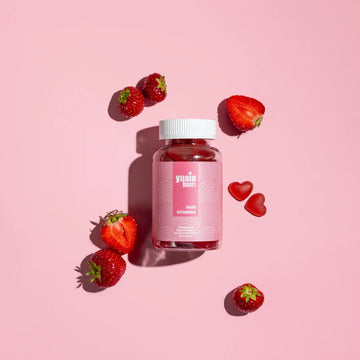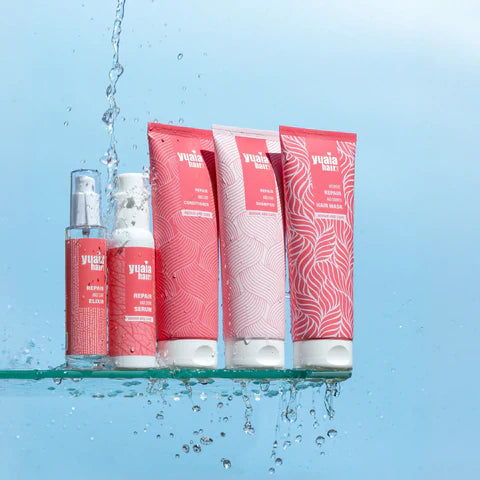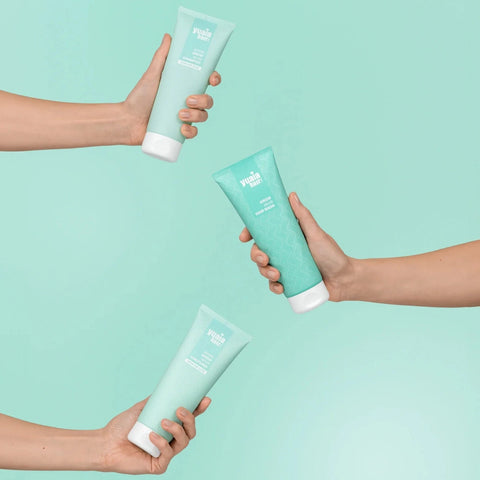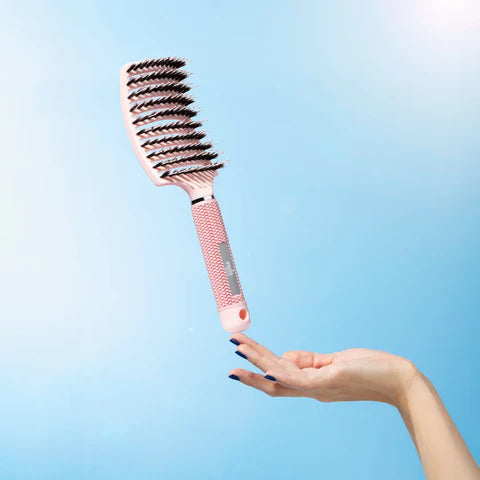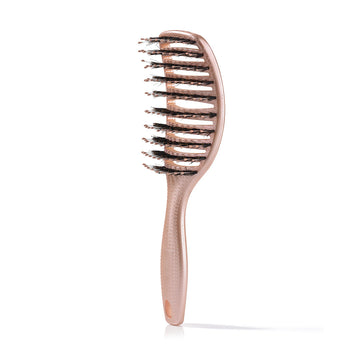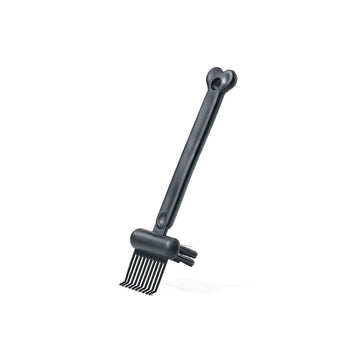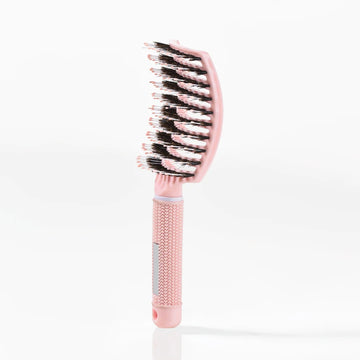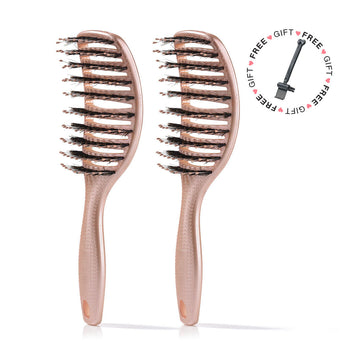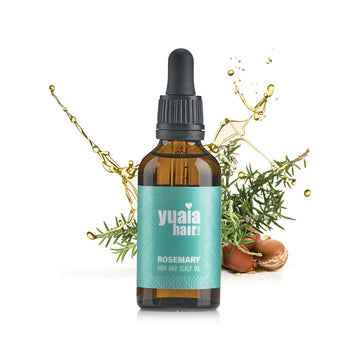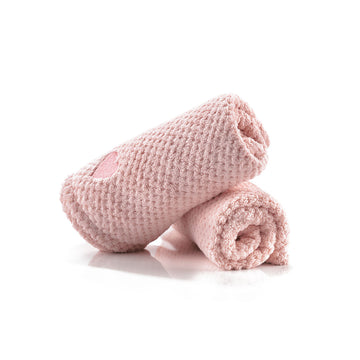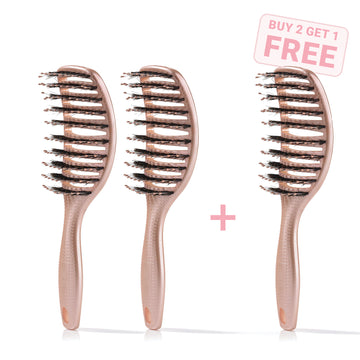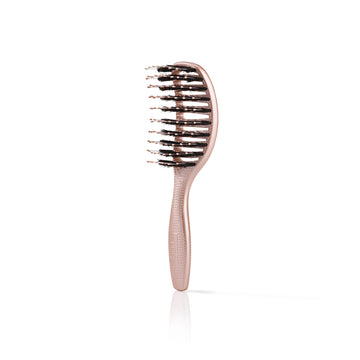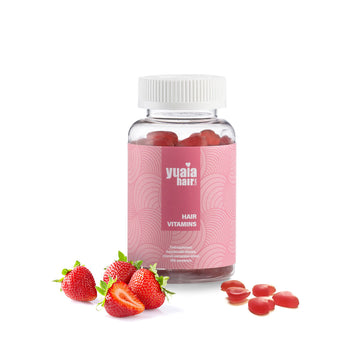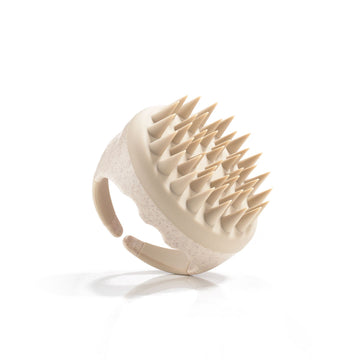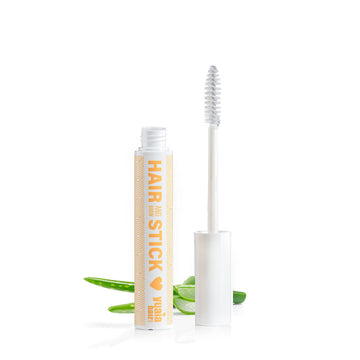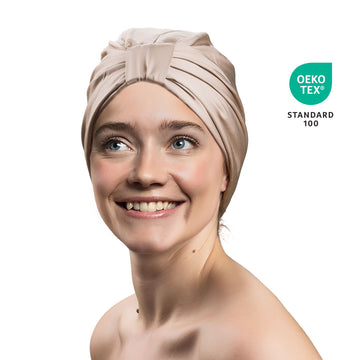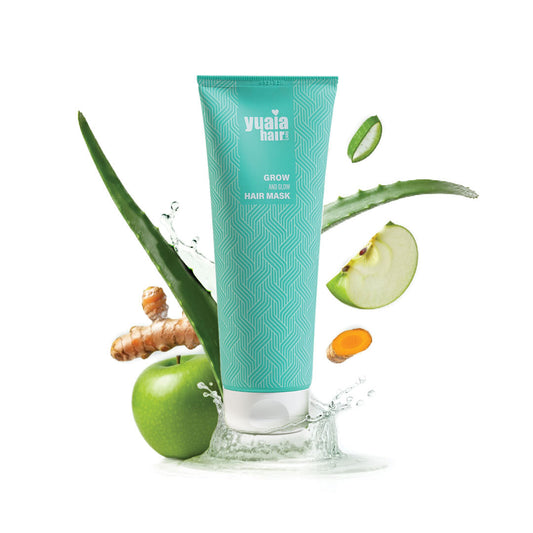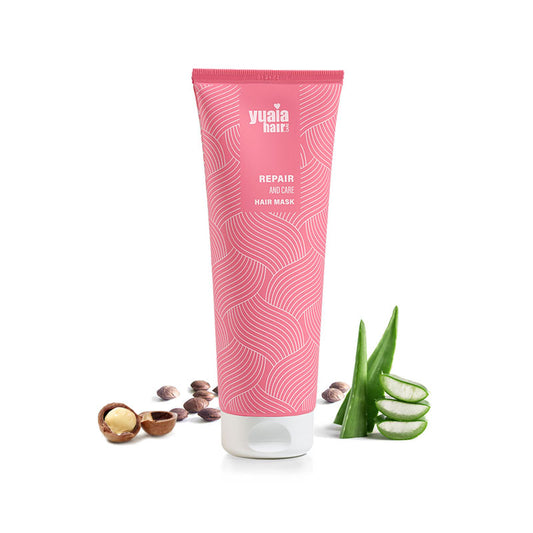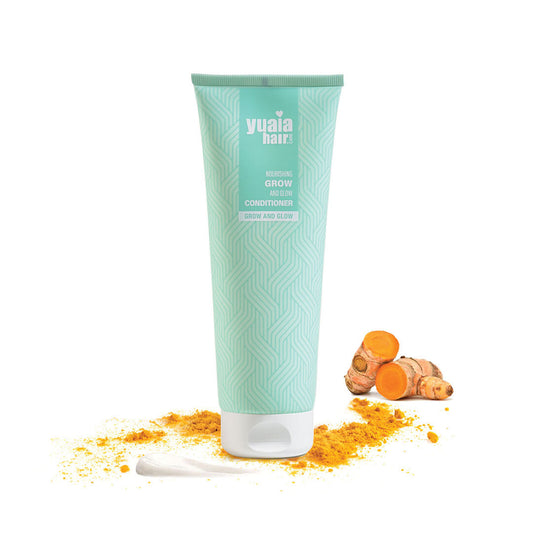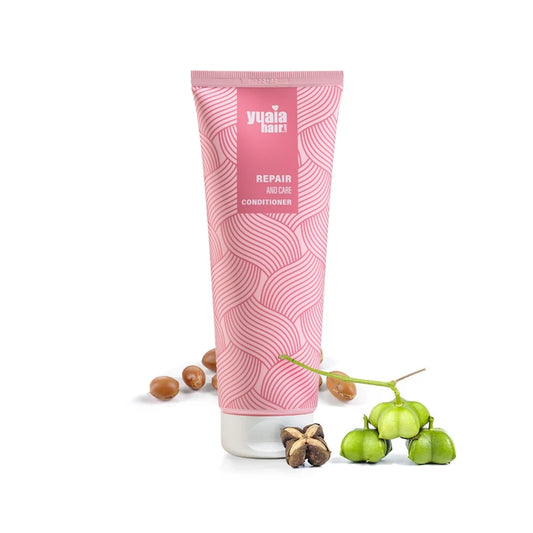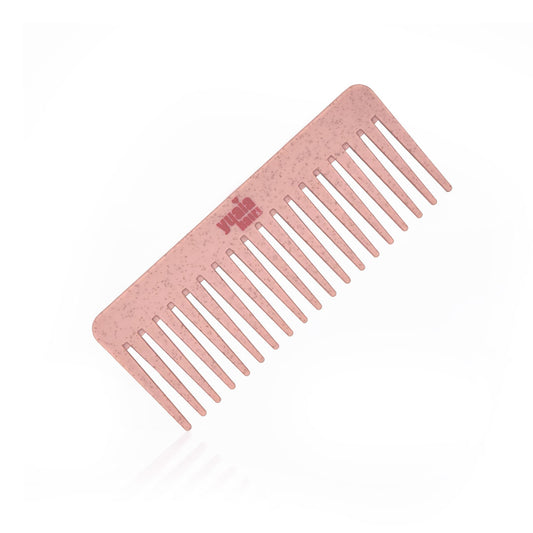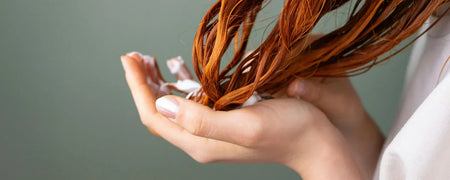
When to apply mask after conditioner
While the general rule is mask before conditioner, some exceptions exist:
- Fine hair, thin, or oily hair: Applying the conditioner first and the mask after can prevent heaviness while still delivering targeted nourishment to the ends. This method allows the conditioner to create a lightweight foundation, while the mask can then target specific areas with more concentrated care.
- Hair prone to limpness or flatness: If your hair gets weighed down by heavier treatments too early in the routine, conditioning first ensures detangling and light hydration before layering richer ingredients from the mask. This is also helpful for people who use styling products daily and need to balance volume with nourishment.
- Seasonal and lifestyle changes: In warmer months with higher humidity, reversing the order might help maintain bounce and reduce weighed-down roots. In winter, switching back to the traditional order can improve moisture retention.
Ultimately, it’s all about adapting to your hair’s unique needs and being open to testing both methods. Keeping a simple hair journal of what you tried, how long you left the products in, and the results you noticed can make it easier to identify the approach that gives you the healthiest, most manageable hair.
Is conditioner always necessary after a mask?
Not always. Hair masks often provide enough hydration and repair on their own, especially for dry hair or damaged hair. However, if your mask is protein-heavy or your hair is extremely porous, following up with a light conditioner can help balance and smooth the hair.
Hair type–specific routines
Finding the right order for masks and conditioners also depends on your hair type. Below are tailored routines that make it easier to choose the best method for your specific needs.
Dry or damaged hair
When hair feels weak or lacks resilience, a targeted care routine can make a big difference. By combining cleansing, deep treatments, and finishing care, you can help restore moisture, softness, and elasticity.
- Start with shampoo: Cleanse and prepare your hair so it’s ready to absorb treatment.
- Apply a nourishing mask: Choose one enriched with strengthening proteins or natural oils to deliver maximum hydration and repair.
- Finish with conditioner: Focus on sealing and smoothing the cuticle to lock in the treatment and add softness.
- Increase mask use if needed: If hair is particularly brittle, apply a mask two to three times a week for added support.
- Long-term benefits: This layered routine helps reduce split ends, restore elasticity, and improve overall resilience over time.
Fine or oily hair
For those with fine or oily hair, the key is to maintain a routine that cleanses without weighing the hair down. The goal is to keep volume and freshness, while still nourishing and protecting the lengths.
- Start with shampoo: Cleanse the scalp thoroughly to reduce oiliness at the roots.
- Follow with conditioner: Choose a lightweight, volumizing conditioner and apply only from mid-lengths to ends.
- Add a mask when needed: Use a repairing mask about once a week, focusing only on the ends to avoid heaviness.
- Keep it balanced: Limiting mask use helps prevent the hair from looking flat or greasy.
This routine supports a lighter feel with volume, shine, and long-term strength.
Normal or healthy hair
For those with normal or healthy hair, the routine should feel flexible and uncomplicated. The goal is to maintain balance without overloading the strands, while still protecting them from everyday stressors.
- Start with shampoo: Cleanse the scalp and prepare the hair for hydration.
- Use a nourishing mask: Apply once or twice a week, especially ones rich in antioxidants that protect against environmental stress.
- Alternate with conditioner: On most days, a simple conditioner is enough to keep hair soft and manageable.
- Skip when appropriate: If a mask leaves your hair silky, conditioner isn’t always necessary.
- Consistency matters: Keeping a balanced routine helps maintain resilience, shine, and long-term health.
Pro tips
- Rinse thoroughly: Use lukewarm water so the cuticle stays open for treatment absorption.
- Leave it in: Keep the mask on for the full recommended time (usually 5–10 minutes, or longer for intensive repair).
- Distribute evenly: Use a wide-toothed comb to spread the product from roots to ends.
- Boost absorption: Wrap your hair in a warm towel while the mask sits.
- Lock in shine: Finish with a cool rinse to smooth the cuticle and enhance gloss.
The best order for lasting shine
When in doubt, use your hair mask after shampoo and before conditioner. This order allows the mask to work deeply while the conditioner seals in the benefits. Still, remember there’s no one-size-fits-all routine. Fine hair and oily hair may benefit from reversing the order or skipping conditioner on mask days. Experiment, pay attention to how your hair feels, and adjust accordingly. With the right routine, you’ll get softer, shinier, and healthier hair every time.
Frequently Asked Questions
Should I use a hair mask before or after conditioner?
Most hair experts recommend using a hair mask after shampoo and before conditioner. Shampoo opens the hair cuticle, allowing the mask’s nutrients to penetrate deeply. Conditioner is then used to seal the cuticle and lock in the benefits of the mask.
Can I skip conditioner after using a hair mask?
If your hair feels soft and manageable after a mask, you can occasionally skip conditioner. However, for extra smoothness and to seal the cuticle, a light conditioner is often recommended, especially if your hair is porous or you used a protein-rich mask.
How often should I use a hair mask?
For most hair types, using a hair mask once a week is ideal. If your hair is very dry, damaged, or brittle, you can use a mask two to three times a week. Fine or oily hair types should limit mask use to avoid weighing hair down.
Is it okay to use conditioner before a hair mask?
While the standard routine is mask before conditioner, some people with fine, thin, or oily hair may benefit from conditioning first and masking after. This can prevent heaviness and allow targeted nourishment to the ends.
Can I use both a hair mask and conditioner every wash?
It’s not necessary to use both every wash. Most people use conditioner with every wash and add a mask treatment once a week or as needed for extra repair and hydration.
 2-5 day delivery
2-5 day delivery
 25.000+ satisfied customers
25.000+ satisfied customers
 Satisfaction Guarantee
Satisfaction Guarantee

